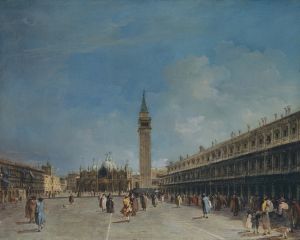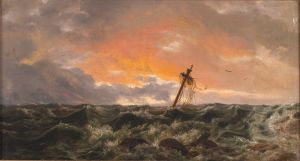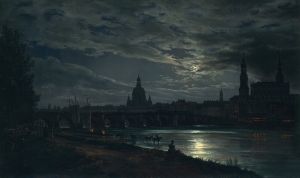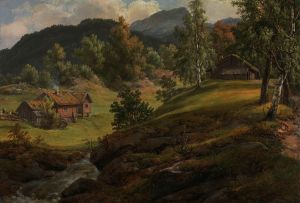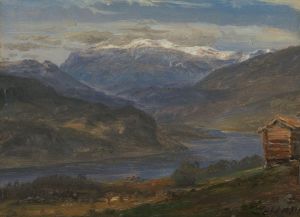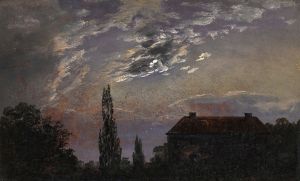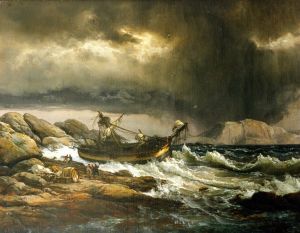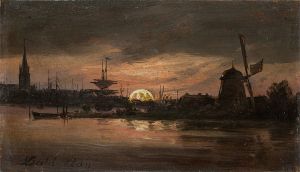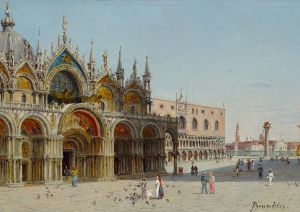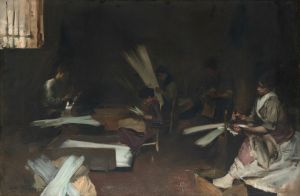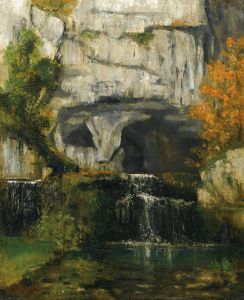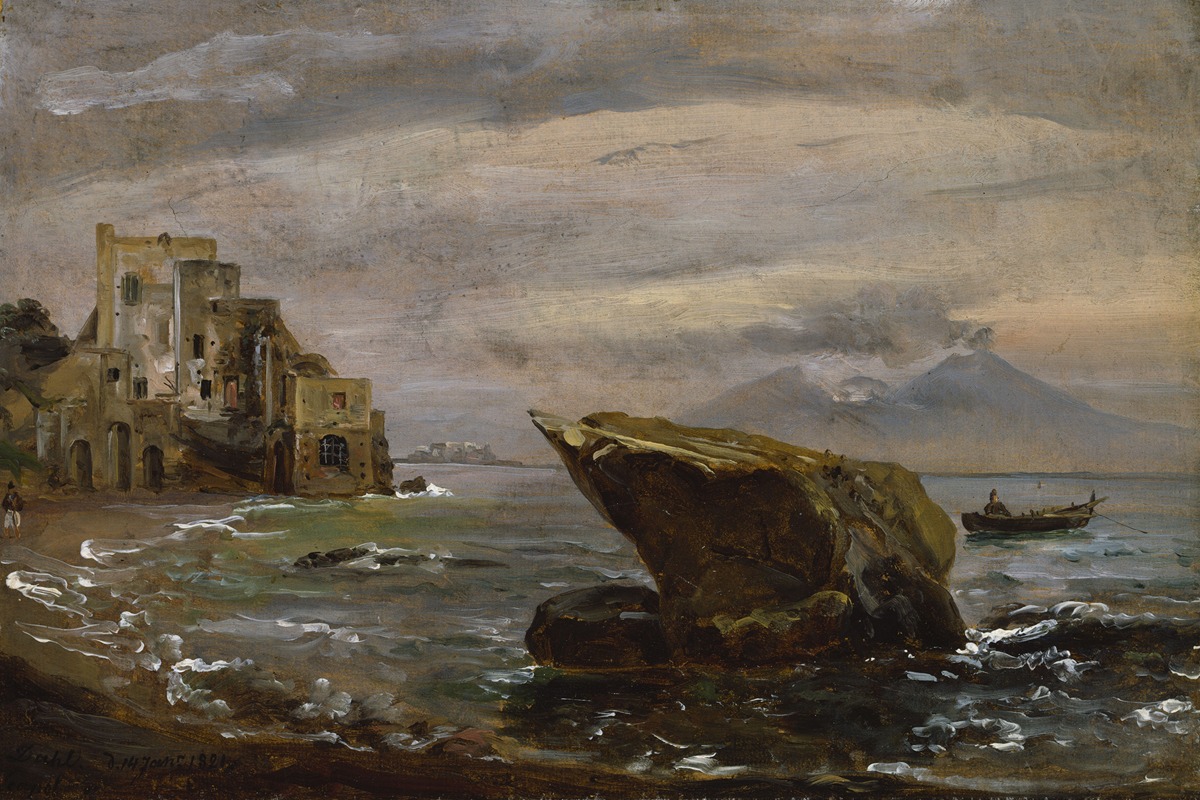
Beach near Posillipo
A hand-painted replica of Johan Christian Dahl’s masterpiece Beach near Posillipo, meticulously crafted by professional artists to capture the true essence of the original. Each piece is created with museum-quality canvas and rare mineral pigments, carefully painted by experienced artists with delicate brushstrokes and rich, layered colors to perfectly recreate the texture of the original artwork. Unlike machine-printed reproductions, this hand-painted version brings the painting to life, infused with the artist’s emotions and skill in every stroke. Whether for personal collection or home decoration, it instantly elevates the artistic atmosphere of any space.
"Beach near Posillipo" is a painting by the Norwegian Romantic landscape artist Johan Christian Dahl, completed in 1820. Dahl is often regarded as the father of Norwegian landscape painting and was a prominent figure in the Romantic movement, which emphasized the beauty and power of nature. His works are known for their detailed observation of natural scenes and their ability to convey the emotional impact of the landscape.
Johan Christian Dahl was born on February 24, 1788, in Bergen, Norway. He studied at the Royal Danish Academy of Fine Arts in Copenhagen, where he developed his skills and interest in landscape painting. Dahl's work is characterized by a meticulous attention to detail and a deep appreciation for the natural world, which he often depicted with dramatic lighting and atmospheric effects.
"Beach near Posillipo" was painted during Dahl's travels in Italy, a country that greatly influenced his artistic development. Italy was a popular destination for artists of the time, offering a wealth of inspiring landscapes and historical sites. The Posillipo area, located near Naples, is known for its picturesque coastline and stunning views of the Tyrrhenian Sea. This setting provided Dahl with the perfect backdrop to explore the interplay of light and shadow, a hallmark of his work.
The painting captures a serene coastal scene, with the beach stretching out towards the calm sea. The composition is balanced, with the land and sea meeting at the horizon, drawing the viewer's eye into the distance. Dahl's use of light is particularly noteworthy; the soft illumination of the scene suggests a time of day when the sun is low, possibly during the early morning or late afternoon. This lighting creates a tranquil atmosphere, inviting the viewer to contemplate the natural beauty of the location.
Dahl's technique in "Beach near Posillipo" reflects his mastery of the Romantic style. He employs a naturalistic approach, with careful attention to the textures of the sand, rocks, and water. The brushwork is delicate yet precise, capturing the nuances of the landscape with remarkable clarity. This attention to detail is complemented by a subtle use of color, which enhances the mood of the scene without overwhelming it.
Throughout his career, Johan Christian Dahl remained committed to capturing the essence of the landscapes he encountered. His works often convey a sense of awe and reverence for nature, inviting viewers to appreciate the world around them. "Beach near Posillipo" is a testament to Dahl's ability to transform a simple coastal scene into a work of art that resonates with emotional depth and beauty.
Today, Dahl's paintings are celebrated for their contribution to the Romantic movement and their influence on subsequent generations of landscape artists. "Beach near Posillipo" remains an important example of his work, showcasing his skill in rendering the natural world with both technical precision and emotional sensitivity. The painting is part of the collection at the Bergen Kunstmuseum in Norway, where it continues to be admired by art enthusiasts and scholars alike.






